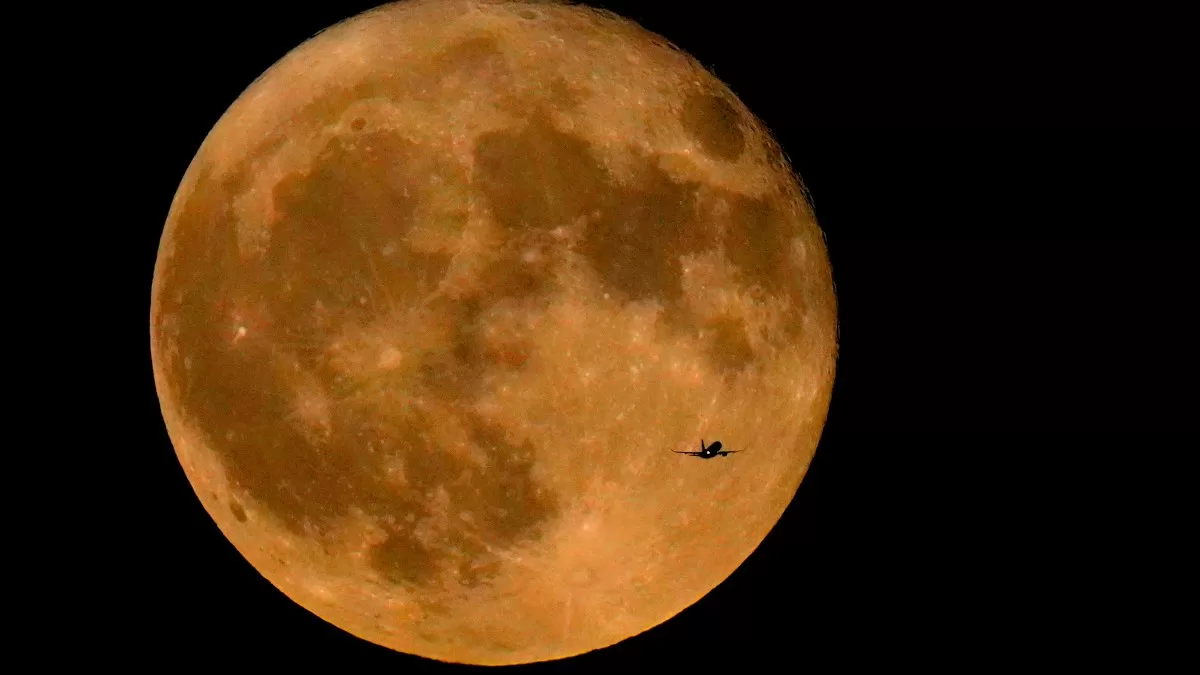Attention all you stargazers and moon lovers out there: The month of August is in for two celestial surprises as it begins and ends with supermoons.
The Sturgeon Full Moon will rise tonight, Tuesday, August 1. The month will close with a special and rare Blue Full Moon on August 30.
What is a supermoon?
The Moon orbits Earth in an ellipse, or oval shape, moving it closer to and further from our planet as it spins.
The furthest point in this orbit is called apogee, and it is, on average, about 253,000 miles from Earth.
The Moon reaches its closest point to Earth, known as perigee, at an average distance of about 226,000 miles.
A supermoon is a term used to describe when a full moon appears at perigee. Due to its proximity to Earth, the moon will appear up to 14% larger and 30% brighter during this phenomenon.
The first of two supermoons this month is known as the “Full Sturgeon Moon,” and it will grace the sky on Tuesday night. It will reach full perigee the next day, on August 2.
The first full moon in August is called the “Sturgeon Moon” because Native American tribes caught sturgeon more easily during this time of summer in the Great Lakes area, according to the Farmer’s Almanac. The “Sturgeon Moon” was preceded this year by the “Buck Moon” in early July.
What makes this month’s supermoons special?
Have you ever wondered where the expression “once in every blue moon” comes from?
Earth observes 12 full moons most years, one for each month. However, this year we will see 13 full moons, with a special second full moon in August. When a second full moon occurs in the same calendar month, it is known as a “blue moon.”
Since the lunar cycle takes 29.5 days to complete, sometimes two full moons fit in the same month. According to NASA, blue moons occur every three years on average, and the next one will be in May 2026.
In addition to this rare occasion, this month’s blue moon will also be a supermoon.
The last time two supermoons graced the sky in the same month was in 2018, and it won’t happen again until 2037.
How to see the full Sturgeon supermoon on Tuesday night in southern California?
The Sturgeon supermoon will be bright and large enough to see from most locations, though viewing may be challenging due to partly to mostly cloudy skies in the region tonight, according to NWS predictions.
In Los Angeles, the moon will rise at 8:27 pm To find out what time the moon will rise in your area, click here.
For the best view possible, you’ll need to find a dark, open location away from light pollution. Binoculars or a telescope will also allow you to take a closer look at features on the Moon.





